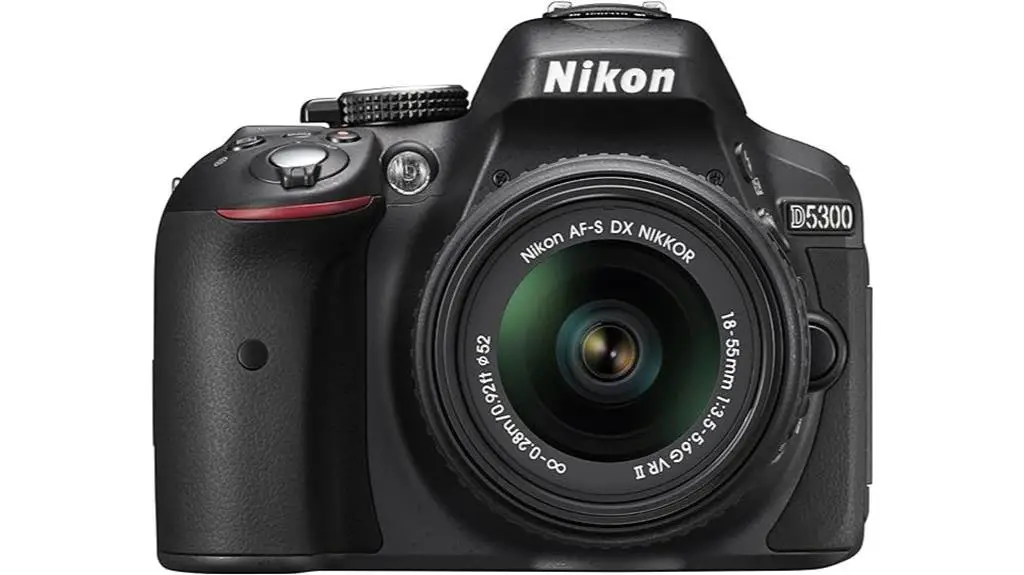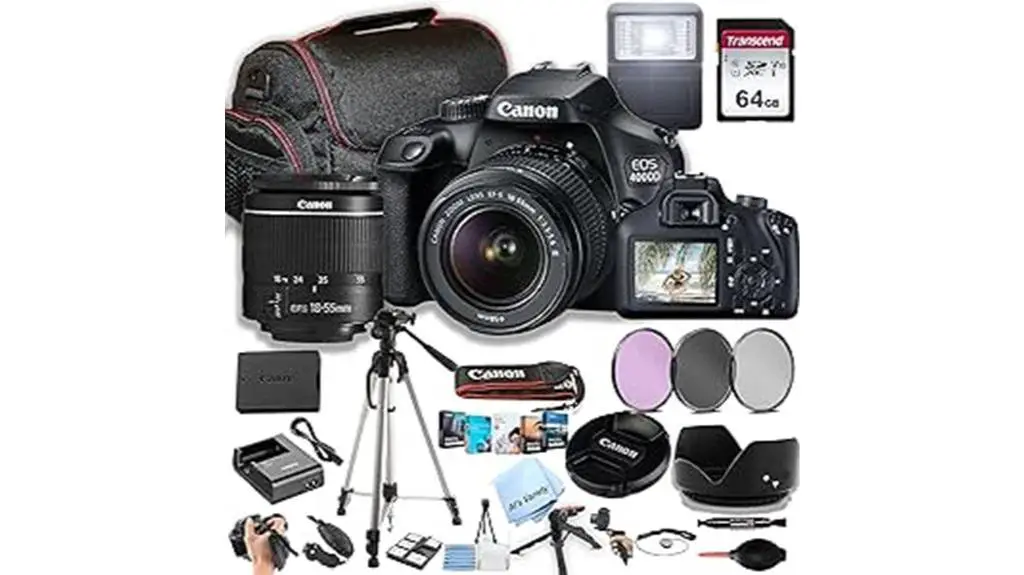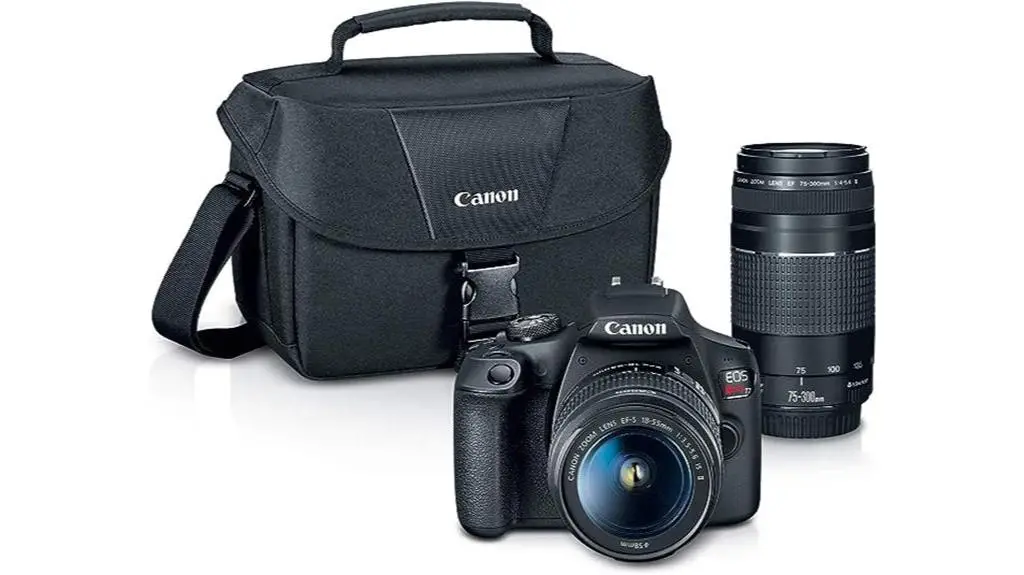When it comes to capturing the fast-paced world of sports, finding the right Nikon camera is like finding a skilled athlete for your team. The precision, speed, and focus of the camera are crucial components in freezing those adrenaline-pumping moments.
But with so many options available, selecting the perfect Nikon camera to elevate your sports photography game can be a daunting task. While we're about to explore the top three Nikon cameras designed to help you capture the action like a pro, it's worth noting that some photographers argue that the photographer's skill outweighs the importance of the camera's capabilities. They believe that a true professional can take stunning sports photographs with any camera.
What do you think? Do you agree that skills trump gear, or do you feel that the technological advantages of high-end cameras are a game-changer in sports photography?
Dive into the details of these exceptional Nikon cameras with us, and feel free to share your perspective in the comments below. Let's discuss the key features that set them apart from the competition and whether these features truly make a significant difference.
Table of Contents
ToggleNikon D5300 Digital SLR Camera with 18-55mm Lens (Renewed)

For sports photographers seeking a versatile and reliable option, the renewed Nikon D5300 Digital SLR Camera with 18-55mm Lens offers exceptional image quality and swift autofocus performance. With a 24.2 MP CMOS sensor and a 39-point AF system, this camera provides sharp, detailed images and precise subject tracking, essential for capturing fast-paced sports action. The 5 frames per second continuous shooting allows you to seize every moment of the game, while the ISO range of 100-12800 (expandable to 25600) ensures great performance even in challenging lighting conditions.
Additionally, the built-in Wi-Fi feature enables easy sharing of your captivating sports shots, and the GPS function allows you to keep track of where each stunning image was captured. This renewed Nikon D5300 is an excellent choice for sports photography, offering the reliability and image quality you need to excel in this dynamic field.
Best For: Sports photographers seeking exceptional image quality, swift autofocus performance, and versatile features for capturing fast-paced sports action.
Pros:
- 24.2 MP CMOS sensor for sharp, detailed images
- 39-point AF system for precise subject tracking
- 5 frames per second continuous shooting for capturing every moment of the game
Cons:
- Limited lens options compared to other DSLR cameras
Canon EOS 4000D / Rebel T100 DSLR Camera with EF-S 18-55mm Zoom Lens (Renewed)

The Nikon Cameras for Sports Photography are ideal for capturing fast-paced action and delivering high-quality images, making them a top choice for sports enthusiasts and professional photographers alike.
However, if you're considering an alternative, the Canon EOS 4000D / Rebel T100 DSLR Camera with EF-S 18-55mm Zoom Lens (Renewed) is a compelling option. This camera features an 18.0MP APS-C CMOS sensor and DIGIC 4+ image processor, delivering impressive image quality and sensitivity. With 3 fps continuous shooting and Full HD 30p video recording, it's suitable for both photo and video shooting. Additionally, the optical viewfinder provides clear, intuitive viewing, while the 6.8 cm LCD screen allows for on-the-go sharing. The package deal includes essential accessories like a 64GB SD memory card, tripod, camera gadget bag, and more, offering great value for your sports photography needs.
Best For: Sports enthusiasts and amateur photographers looking for a budget-friendly DSLR camera with essential accessories for capturing fast-paced action and delivering high-quality images.
Pros:
- Impressive 18.0MP APS-C CMOS sensor and DIGIC 4+ image processor
- Suitable for both photo and video shooting with 3 fps continuous shooting and Full HD 30p video recording
- Package deal includes essential accessories, offering great value for sports photography needs
Cons:
- Limited lens options compared to higher-end models
Canon EOS Rebel T7 DSLR Camera with EF18-55mm + EF 75-300mm Lens

Ideal for capturing fast-paced sports action, the Canon EOS Rebel T7 DSLR Camera with EF18-55mm + EF 75-300mm Lens offers an impressive 24.1 Megapixel CMOS sensor with an ISO range of 100–6400, expandable to 12800 for enhanced low-light performance. Its improved Dual Pixel CMOS AF and 9-Point AF system ensure swift and accurate focusing, crucial for sports photography.
The camera's built-in Wi-Fi and NFC technology facilitate seamless sharing and posting on social media. With its Scene Intelligent Auto mode, capturing vibrant photos and videos becomes effortless, even for beginners. The included EF18-55mm and EF 75-300mm lenses provide versatility for shooting distant subjects, making it a valuable choice for sports enthusiasts.
Notably, customers praise its image quality, ease of use, and value for money, making it an ideal companion for sports photography.
Best For: Sports enthusiasts and beginners looking for a versatile and user-friendly DSLR camera for capturing fast-paced sports action.
Pros:
- High image quality and vibrant photos even in low light
- Swift and accurate focusing with improved Dual Pixel CMOS AF and 9-Point AF system
- Easy sharing and posting on social media with built-in Wi-Fi and NFC technology
Cons:
- Limitations in photo and video quality for advanced users may be a drawback
Factors to Consider When Choosing a Nikon Camera for Sports Photography
When choosing a Nikon camera for sports photography, you need to consider several important factors.
Look for a camera with high resolution to capture crisp, detailed images.
Consider autofocus speed and burst shooting capability to ensure you can capture fast-moving action with precision.
Also, prioritize low-light performance and compatibility with a range of lenses to enhance your versatility in different sports photography scenarios.
Camera Resolution
Considering your needs for sports photography, you should prioritize camera resolution within the range of 16-24 megapixels for optimal performance without compromising speed and functionality.
Camera resolution, measured in megapixels, determines the level of detail a camera can capture. While higher resolution offers more detail and flexibility for cropping or printing, extremely high resolution may lead to larger file sizes and slower processing.
For sports photography, a resolution of 16-24 megapixels is often sufficient to capture fast-paced action and maintain good image quality. It's crucial to balance resolution with low-light performance, high-speed shooting capabilities, and overall camera functionality.
Prioritizing resolution within this range will ensure you capture the action effectively without sacrificing speed and performance.
Autofocus Speed
Paying attention to autofocus speed is essential when selecting a Nikon camera for sports photography, as it directly impacts the camera's ability to track and focus on fast-moving athletes. The faster the autofocus speed, the better the camera can keep up with and capture athletes during rapid movement.
Building on the importance of camera resolution in capturing high-speed action effectively, it is crucial to look for a camera with advanced autofocus systems and fast processing capabilities to ensure quick and accurate focusing. Cameras with predictive autofocus technology that anticipates subject movement can significantly improve focus speed.
Additionally, customizable autofocus settings are crucial for tailoring the focus system to the specific demands of sports photography. This allows you to adapt to different sporting events and shooting conditions effectively.
Burst Shooting Capability
If you want to capture fast-moving subjects in sports photography, the burst shooting capability of a Nikon camera is paramount.
When choosing a camera for sports photography, consider the frames per second (fps) it offers. Higher fps allows for capturing more continuous shots in quick succession, crucial for freezing action in sports.
Look for a camera with a fast and responsive autofocus system to ensure sharp focus on moving subjects during burst shooting.
The buffer size of the camera is also important, as it determines how many continuous shots can be taken in a burst before the camera slows down.
Additionally, consider the overall performance of the camera's burst shooting mode, including how quickly it can write data to the memory card and recover for the next burst.
Low-Light Performance
When selecting a Nikon camera for sports photography, the low-light performance is a critical factor to consider. The Nikon D5300 offers excellent low-light capabilities with an ISO range of 100-12800, expandable to 25600. Its 24.2MP CMOS sensor without an optical low-pass filter enhances its performance in challenging lighting conditions.
The 39-point AF system and 5 frames per second continuous shooting make it well-equipped for capturing fast-paced action in low-light settings. Additionally, the 3.2-inch vari-angle LCD with 1,037,000 dots provides improved visibility and composition when shooting in low-light situations.
The built-in Wi-Fi feature further enhances its usability in low-light photography by allowing for convenient sharing and remote camera control. Overall, the Nikon D5300 is a strong contender for sports photography in low-light environments.
Lens Compatibility
To ensure optimal performance in sports photography, consider the crucial factor of lens compatibility when selecting a Nikon camera. Look for a camera that's compatible with a range of lenses, including telephoto and fast prime lenses, to effectively capture sports action.
Additionally, opt for lenses with image stabilization to minimize camera shake and produce sharp, clear images, especially when shooting fast-paced sports.
It's important to understand the compatibility of third-party lenses with Nikon camera bodies, as this can broaden your options for capturing sports moments. Consider the autofocus performance of the lens as well, particularly for fast and accurate subject tracking during sports photography.
Wireless Connectivity
Consider the wireless connectivity features when selecting a Nikon camera for sports photography to ensure easy sharing and remote control capabilities.
With wireless connectivity, you can effortlessly share and transfer photos and videos to your smart devices, making it convenient for quick posting on social media platforms or accessing printing options.
Additionally, some Nikon cameras offer built-in Wi-Fi or NFC technology, allowing you to remotely control the camera. This feature is especially useful for sports photographers who need to capture action from a distance or in hard-to-reach places.
Furthermore, certain Nikon cameras can be transformed into high-quality webcams using specific software, adding versatility to their functionality.
The seamless transfer of photos to smartphones or other devices enhances the overall user experience, making wireless connectivity an essential consideration for sports photography.
Durability and Weather-Sealing
To ensure the reliability and longevity of your Nikon camera for sports photography, prioritizing durability and weather-sealing is essential.
When capturing fast-paced sports action, your camera needs to endure harsh conditions. Look for Nikon cameras with robust construction and weather-sealed bodies to shield against moisture, dust, and extreme temperatures.
These features ensure that your camera can withstand the rigors of outdoor sports events, maintaining performance and protecting internal components. Additionally, consider the durability of the camera's shutter mechanism and overall build quality to handle the demands of continuous shooting.
Opting for a camera with reliable weather-sealing not only safeguards your investment but also provides peace of mind during challenging shooting situations. Choose a Nikon camera that can weather the elements and deliver exceptional performance for your sports photography needs.
Image Stabilization
When selecting a Nikon camera for sports photography, ensuring reliable image stabilization becomes crucial. This complements the camera's durability and weather-sealing features, allowing for the capture of sharp and clear images of fast-paced sports action.
Image stabilization is particularly beneficial in minimizing the blurring caused by camera shake. This is especially important in low light or when using slow shutter speeds. Nikon cameras offer two types of image stabilization: in-lens stabilization found in specific lenses, and in-body stabilization built into the camera.
Both types of stabilization are essential for capturing sharp images, especially in dynamic sports environments. Whether tracking fast-moving subjects or shooting in challenging conditions, a Nikon camera with dependable image stabilization is a valuable asset for sports photographers seeking to capture the action with precision and clarity.
Conclusion
So there you have it – the top 3 Nikon cameras for sports photography.
With the right equipment, you can capture fast-paced action like a pro.
Consider factors like autofocus speed, burst rate, and low-light performance when choosing a camera.
Whether you're shooting on the sidelines or in the stands, these cameras will help you capture the excitement of the game with stunning clarity and precision.
